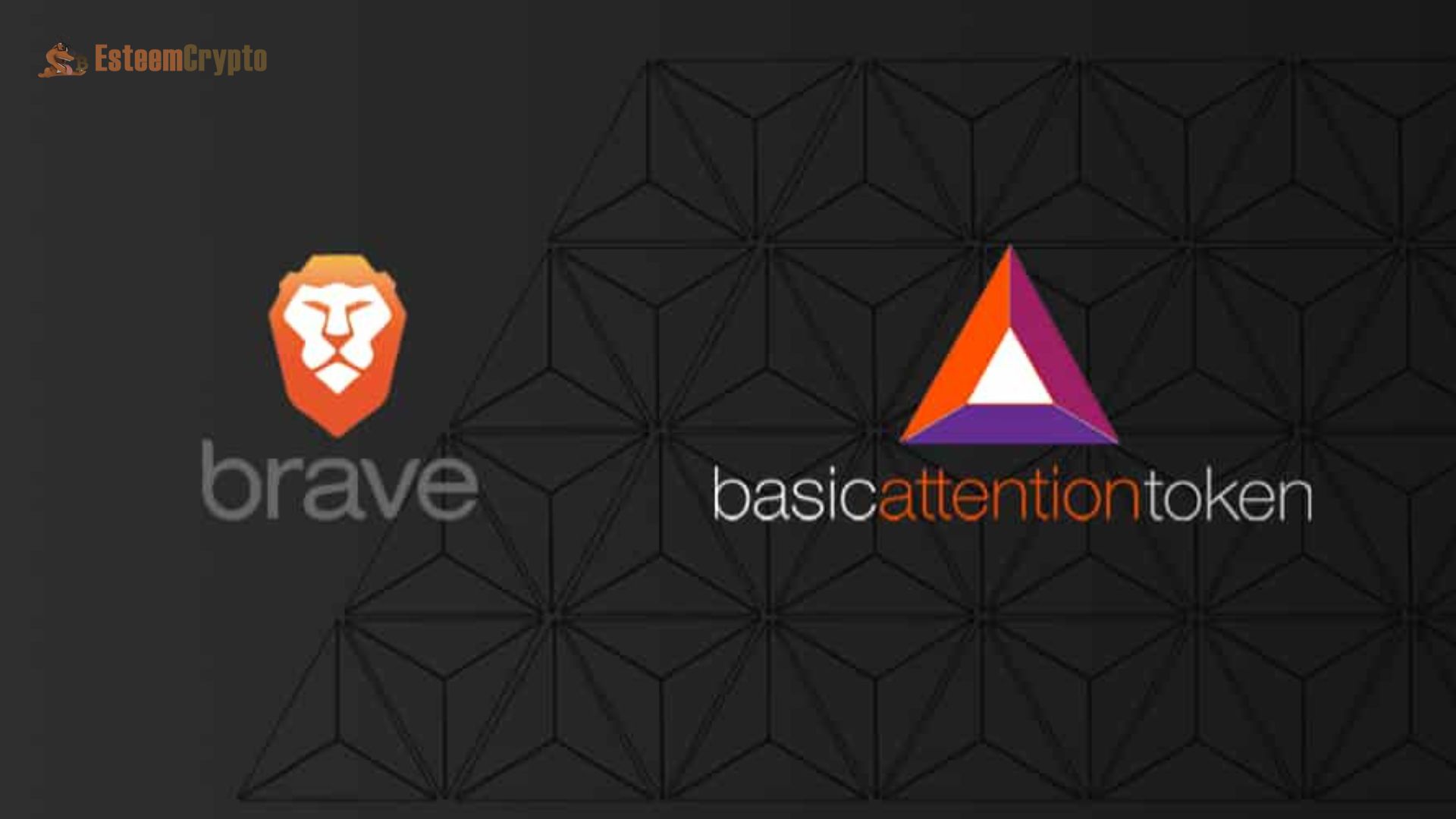Blockchain in Advertising: Transforming the Industry

Blockchain in Advertising: From fraud and data privacy concerns to a general lack of openness, the advertising industry—an ecosystem worth billions of dollars—has encountered a litany of problems throughout the years. Intermediaries in traditional advertising tactics can increase complexity and costs without offering much information about campaigns’ efficacy. To solve these persistent issues, enter blockchain technology, a distributed ledger system with the potential to radically alter the advertising industry. Learn about the opportunities and threats that blockchain technology poses as it revolutionizes the advertising industry in this in-depth writing.
Understanding Blockchain Technology
Distributed ledger technology, or blockchain, records transactions across numerous computers in a way that makes it impossible to change the record in the past. Every completed block is added to the chain, creating an immutable record that includes a list of transactions. Because no single entity controls the blockchain, all users may be assured that their data is secure and that they can rely on it.
The Current Challenges in Advertising
The advertising industry is plagued by several issues that blockchain technology is well-suited to address:
- Lack of Transparency: Advertisers often struggle to track how their funds are being spent. With multiple intermediaries involved, from ad agencies to publishers, the advertising supply chain becomes opaque, making it difficult to verify the effectiveness of ad spend.
- Ad Fraud: Digital ad fraud is a significant concern, costing the industry billions of dollars annually. Fraudulent activities include click fraud, where bots simulate human clicks, and impression fraud, where ads are displayed on fake websites or to non-human traffic.
- Data Privacy: With the increasing emphasis on user privacy and the introduction of regulations like the General Data Protection Regulation (GDPR), advertisers face challenges in collecting and using consumer data. Traditional methods of data collection often involve third parties, raising concerns about data security and privacy.
- Inefficient Payment Models: The advertising industry relies on a complex payment structure, where multiple intermediaries take a cut before the publisher gets paid. This results in delayed payments and reduced profitability for content creators and publishers.
How Blockchain is Revolutionizing Advertising
Blockchain technology offers solutions to many of these challenges, providing a more efficient, transparent, and secure advertising ecosystem.
Enhanced Transparency
According to blockchain’s distributed ledger technology, advertisers, publishers, and consumers can all see the same data when running an advertising campaign. The purchase and sale of advertising space can be mechanized through the use of smart contracts, which are agreements that are self-executing and have their terms put into code. Advertisers will only pay for real interactions, like clicks or views, and publishers will get their money quickly because of this. Blockchain technology’s immutability helps cut out intermediaries, which in turn reduces fees and boosts confidence.
Combatting Ad Fraud
By assuring that ad impressions and clicks are legitimate, blockchain technology may significantly pare down on ad fraud. It is very difficult for fraudulent operations to remain undetected through a decentralized ledger because all transactions are recorded and validated by numerous users. Some organizations are already working on blockchain-based solutions to combat ad fraud; they include MetaX and the Interactive Advertising Bureau (IAB). For instance, adChain by MetaX is a platform that uses blockchain technology to monitor and confirm ad impressions all the way through the digital advertising supply chain.
Improved Data Privacy
With blockchain technology, consumers can decide who has access to their data and how it is utilized, giving them more control over their data. Marketers no longer need to depend on centralized databases to keep consumer data; blockchain technology allows them to build safe, decentralized databases themselves. Then, shoppers can get discounts or tokens as incentives to let advertisers access their data. Both customers and advertisers can benefit from this method’s increased data protection and the trust it fosters.
Efficient Payment Models
Blockchain technology can simplify the payment process by removing middlemen and automating transactions with smart contracts. Once the agreed-upon requirements, such as a specific amount of clicks or views, are fulfilled, advertisers have the option to pay publishers directly and instantaneously. As a result, publishers can expect faster payment processing times and higher profits. In addition, advertisers can pay for individual ad impressions or clicks in real time using blockchain-based microtransactions.
Case Studies: Blockchain in Advertising
Several companies are already exploring the potential of blockchain in advertising, demonstrating its ability to transform the industry.
Brave Browser and Basic Attention Token (BAT)
Brave is a privacy-focused web browser that blocks ads and trackers by default. It also features an integrated blockchain-based advertising platform powered by the Basic Attention Token (BAT). Users can opt to view privacy-respecting ads and are rewarded with BAT, which they can use to support their favorite content creators. Advertisers benefit from improved targeting, as they can reach users who have explicitly opted in to view ads. This model enhances user privacy, reduces ad fraud, and ensures that content creators are fairly compensated.
AdEx
AdEx is a decentralized advertising network built on the Ethereum blockchain. It connects advertisers with publishers directly, eliminating the need for intermediaries. AdEx uses smart contracts to automate the buying and selling of ad space, ensuring that advertisers pay only for verified ad impressions. The platform also provides real-time reporting, allowing advertisers to track the performance of their campaigns and adjust their strategies accordingly. By leveraging blockchain technology, AdEx offers a more transparent, efficient, and fraud-resistant advertising solution.
The Challenges of Blockchain in Advertising
While blockchain holds great promise for the advertising industry, its adoption is not without challenges:
- Scalability: Blockchain networks, especially those based on proof-of-work, can be slow and expensive to operate. For advertising campaigns that require real-time processing of millions of transactions, scalability remains a significant concern. Solutions like Ethereum’s transition to proof-of-stake and the development of layer-2 scaling solutions are promising, but these technologies are still in their early stages.
- Integration with Existing Systems: The advertising industry relies on a complex web of legacy systems and technologies. Integrating blockchain with these systems can be challenging, requiring significant investment in new infrastructure and the development of standardized protocols.
- Regulatory Uncertainty: The regulatory landscape for blockchain technology is still evolving. Advertisers and blockchain companies must navigate a complex and uncertain regulatory environment, particularly concerning data privacy and consumer protection. Compliance with regulations like GDPR is crucial, and any misstep could result in significant fines and damage to reputation.
- Education and Awareness: Many stakeholders in the advertising industry are still unfamiliar with blockchain technology and its potential benefits. Educating advertisers, publishers, and consumers about blockchain’s capabilities and addressing their concerns will be critical to driving adoption.
The Future of Blockchain in Advertising
Despite these challenges, the use of blockchain in advertising appears to have a bright future. We may anticipate more widespread adoption of the technology throughout the sector as it develops and overcomes its present constraints. Blockchain is a desirable solution for publishers and advertisers alike because of its ability to increase transparency, lower fraud, improve data protection, and expedite payments.
The emergence of new blockchain-based advertising platforms and services may challenge the dominance of established businesses like Google and Facebook in the upcoming years. These platforms might provide greater targeting options, increased control over campaigns, and a higher return on investment for marketers. Customers will also gain from increased control over their data, less intrusive advertisements, and increased privacy.
Conclusion
By tackling some of the advertising industry’s most serious issues, blockchain technology can completely change the sector. Blockchain provides a number of advantages that have the potential to completely change the way publishers and advertisers engage, from increasing transparency and thwarting ad fraud to boosting data privacy and simplifying payments. Although there are still obstacles to be solved, blockchain’s future in advertising appears promising. Technology will surely become increasingly important in building an ecosystem around advertising that is more open, effective, and focused on the needs of the user as it develops.




